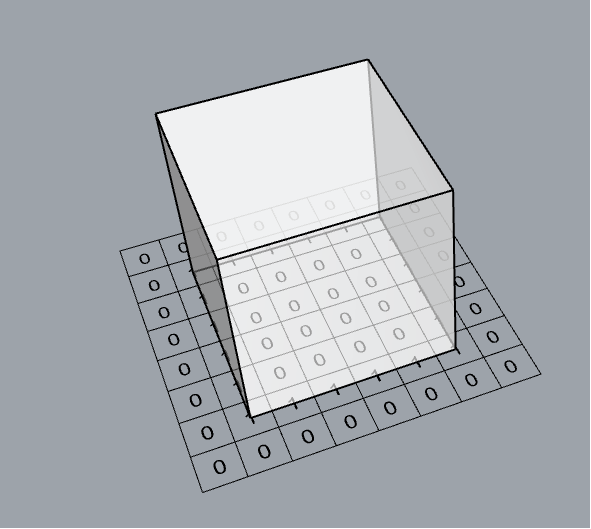Grid size in voxel space is determined by the resolution input in Dendro. Make that smaller and you will get a much smaller voxel grid. The buffer input determines how much "space" in voxel units around the object is considered "active".
I am willing to bet this isn't the answer you were looking for, so if you throw me a bit more context I will see if I can help. Happy to help.




@snabela, @ryein, @SamuelAl thanks for putting this great library together!
I'm trying to find a way either in Dendro or OpenVDB to convert a mesh to volume with a custom grid size. Imagine, I want to provide some buffer around the mesh's bounding box in all dimensions. Here is a basic example:
Do you have any idea on how to approach it?